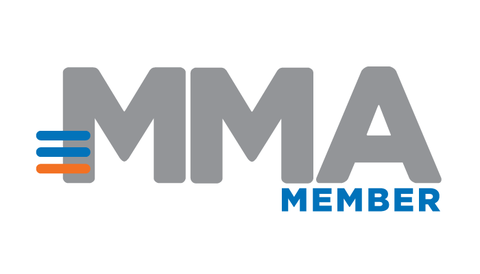February 21, 2012
by Per Holmkvist, Founder of mobile agency Mobiento
M-commerce is booming, and rightfully so. Shopping with or via the mobile phone is fast, easy and accessible. For retailers and brands it’s simple, just set up an “m-commerce solution” and… wait, we need a mobile payment solution. Google Wallet? Premium SMS? Square? Credit cards? Just don’t let the sheer multitude of options stop you from making money.
While attending a mobile marketing conference recently, I participated in a workshop on m-commerce design and user experience, but we ended up talking about mobile payments. It was really an apples-and-pears discussion, where no-one had an overall grasp of the topic. And this was a group of mobile industry insiders. So for people who do not focus on mobile every day, it is not any easier. While look and feel is important, the payment bit, the money making bit, needs to be understood as well.
Within m-commerce as a whole is the mobile payments market and it is soaring. Juniper Research expects it to grow to $670bn worldwide in 2015. And everyone wants a piece of the action. Solutions are being offered by every company that has even a remote connection to either mobile or payments. Mobile operators, media companies, banks, credit card
companies, mobile phone manufacturers, IT startups, you name it.
Some mobile payment solutions are aimed for large scale business, some for long-tail small scale business and some even person-to-person payments. Some are domestic and some are global. Some are charged to your bank account, some your credit card and some your phone bill. Some are for online shopping, some are for shopping in stores. Some are easy to implement, others are complex and take time. To add to this, not all alternatives are available or even possible in all countries.
This multitude of options is fantastic, but it is also a problem. Being a full service mobile agency, retailers and brands ask Mobiento; Which one is best for our business? Which one of them will be the winner, the eventual standard? This sometimes results in a wait-and-see-approach, which is really a pity. There is a window of opportunity right now to be a
first mover in mobile, while competitors are waiting.
The message to retailers and brands is - don’t let hesitation stop you from making money. Mobile payments may appear a dense forest, but there are really only a few main payment types, and they are quite distinct in terms of market, usage and provider. We have tried to clear some dead wood by creating the below overview. It is by no means exhaustive and its contents change all the time as mobile payment providers move into new segments and widen their offerings. But it is a great conversation starter. Tweet us @mobiento to let us know what you think.
|
Mobile payment type |
Direct Operator (Carrier) Billing |
Credit Card Payments |
Mobile Wallets |
App Store payments |
Mobile Card Readers |
|
Provider |
Mobile operators (carriers) |
Credit card companies (Visa, |
Media, Banking, Mobile operators, Paypal, Niche companies, and sometimes a Brand itself (Visa, Google, Starbucks etc) |
App Store owners (Apple, Google etc) |
Niche companies (Square, iZettle, etc) |
|
Market |
Digital goods; mobile content, |
Physical and digital goods. Anything purchased on-line via a mobile web site or app; clothes, books, |
Any goods both off- and online. |
Digital goods; i.e. app purchases |
Physical goods and services. Mainly |
|
How does it |
Buyer sends a premium-SMS or clicks a premium-link on a mobile internet (wap) site. |
Just as on the fixed Internet. When |
When registering, the buyer enters |
Buyer enters credit card details |
Seller registers with service and |
|
Money |
Purchase appears on the buyer's |
Purchase is charged to the credit card for each purchase. |
Purchase is charged to the credit card or bank account for each purchase. |
Purchase is charged to the credit card for each purchase. |
Purchase is charged to the credit card for each purchase. |
|
Transaction fee |
30-50% (depending on operator, |
2-4% (including transaction and |
1-4% (depending |
30% (Apple Appstore, |
2-3% (plus small per transaction |
|
Pros |
Great reach, anyone can send an SMS. |
Solution familiar from Internet both for retailer and |
Quite simple to use once buyer has |
Very easy to use once buyer has set |
Enables small retailers to allow |
|
Cons |
Domestic solution, not International. Operators only allow small amounts and take large cut. Problem |
Cumbersome to enter credit card |
Retailer often must implement |
Provider takes large cut. Only for |
Not suitable for a large scale |

